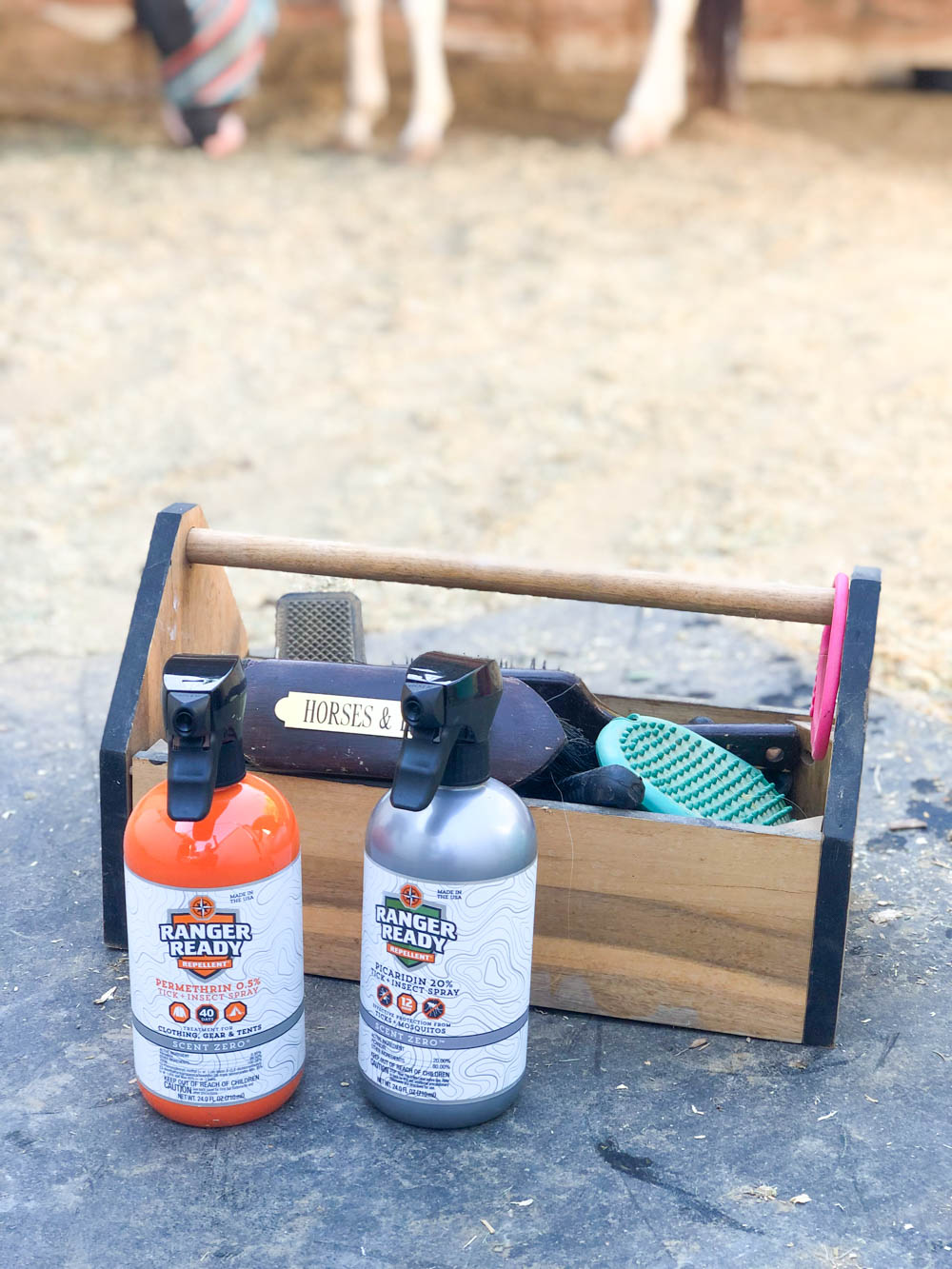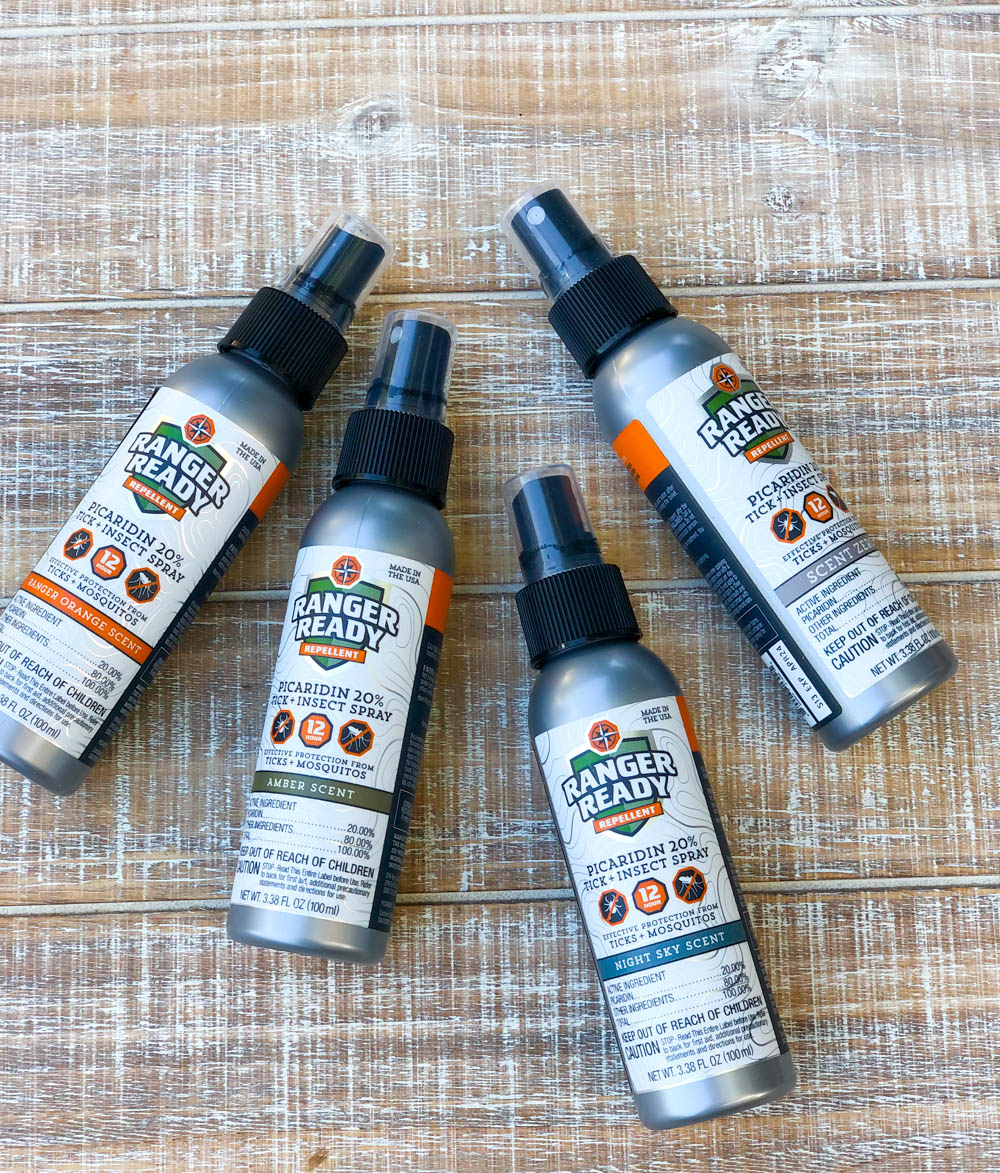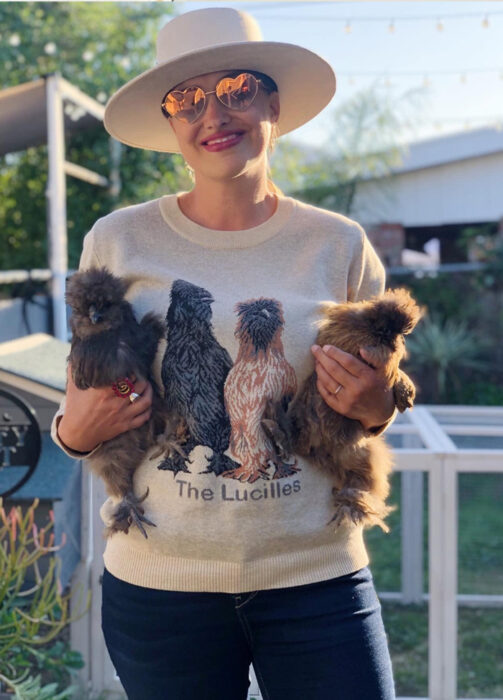Keep the pests away this summer with Ranger Ready Repellents. This helpful blog post is brought to you by Ranger Ready.

Bug control is an important aspect of summer horse care. There are so many obnoxious flies and pests that can make a simple task like grooming, feeding or saddling up uncomfortable for both you and your horse. Below is an overview of some of the most common insects that plague horses and stable owners – and how you can protect your horse and yourself with Ranger Ready Repellents.

Annoying Insects
Insects cause painful bites, distract horses, transmit diseases, and their bites can cause sores and infections. There are quite a few insects out there that can cause these issues, including bot flies, gnats, lice, mites, mosquitos and ticks. Here are more specifics on each insect and what to watch out for.
Botflies: This type of fly lays its eggs on the horse, usually around the forelegs, shoulders and mouth. As the horse licks at the eggs, they hatch and migrate into the mouth, burrowing into the gums and tongue. After a month, they then move on to the stomach. They irritate the mouth, and in severe cases, they can cause colic.
Flies: There are a variety of types of flies to look out for. Face flies, which feed around tear ducts; horse and deer flies, which have painful bites; And black flies which can gather around a horse’s ears and chest, sometimes causing scabbing or even hemorrhaging.
Gnats: Gnats of the Culicoides and Leptoconops can bite horses around the mane, tail, and over the withers, chest and face. This can result in hair loss and sores.
Lice: If lice are from the Haematopinus asini and Bovicola equi species, they feed on horses’ blood, causing discomfort and irritation through their bites.
Mites: Mange mites specifically can live on the surface of the skin or burrow into it, causing itching and irritation.
Mosquitos: These can bother horses just as they do humans — but in horses, they can transmit equine infectious anemia and three different types of equine encephalitis.
Ticks: Horses are listed as a primary or secondary host for nearly 20 species of ticks, which can cause anemia and poor immune function. Be sure to read my blog post about discovering ticks in Fira’s ears!

Now that we’ve covered the types of bugs to look out for, it’s time to talk about controlling them. Ranger Ready Repellents offers both Permethrin 0.5% and Picaridin 20% insect repellent sprays.
Applying Permethrin to Your Clothing
- Apply in a well-ventilated area, generally outdoors with minimal breeze.
- Wear protective gloves and lay plastic or sheet on ground.
- Shake the Permethrin bottle before use. Hold the sprayer 6-8 inches above the surface and spray evenly. Spray front and back of fabrics and under folds.
- Hang clothing or gear to dry for up to 2 hours. Once dried, clothing treated with Permethrin will repel and kill insects for 40 days or 5 washes.
- Permethrin will not bind to plastic or rubber and instead should be applied to synthetic or natural fabric materials.

Applying Body-Worn Picaridin
- Apply liberally onto your skin and rub it in thoroughly.
- Where you have clothing that overlaps your skin, such as t-shirt sleeves, apply both your skin and clothing.
- Apply to all exposed skin, especially to your neck and the backs of your legs.
- You should reapply Picaridin if swimming or excessive sweating to ensure proper protection. If wearing sunscreen, apply the repellents after your sun care routine.

Ranger Ready Picaridin 20% comes in four great scents: Ranger Orange, Amber, Night Sky and Scent Zero.

Be sure to check out Ranger Ready online to get your horse and yourself your own bug protection – rangerready.com.



Conserned consumer says
This is a toxic spray.
I am not trying to be mean here… but 40% of this is the effective concentration in DEET bug sprays, which is twice as much as picaridin, meaning twice as many chemicals in a single use.
The world is so toxic as it is. Please as a horse owner promote non-toxic items. There are so many out there that work and keep our planet safe.